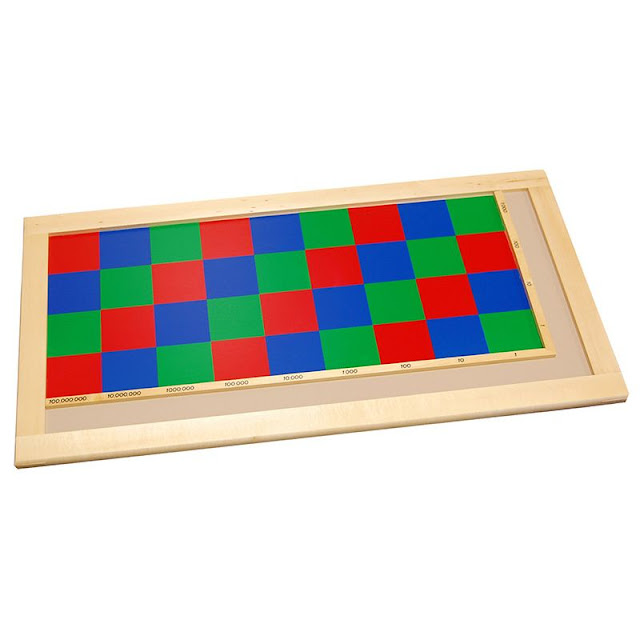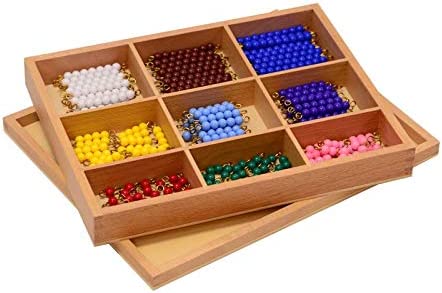I've procrastinated writing this post for quite some time.
I think writing about it makes it feel more real.
I'm not sure I'm ready for that.
I know we've done everything right, but everything feels so wrong.
On March 4, 2020 we had to say goodbye to our Sunshine.
We had known the day was coming for a couple weeks prior, but it definitely hasn't made this change in our lives any easier.
There's a grief that I can't begin to describe.
It's different than anything I've ever experienced before.
My heart is broken and into a million pieces.
Goodbye Sunshine
Sunshine's functioning started to decline in the middle of December. We thought it might be anxieties and excitement due to the holiday season.
Once we celebrated she'd be better we thought.
But she wasn't.
We celebrated Christmas early, trying to bring our Sunshine out of her funk.
It didn't work.
Christmas break was ROUGH.
We thought she was struggling because she was out of routines and schedules.
Once she returned to school she would be better.
But she wasn't.
Every. Single. Day. she declined in her ability to function around others, especially her family.
In every setting there were problems.
One evening in the middle of January, we even had to call 9-1-1 because she was so not well.
On January 27, 2020, Sunshine was diagnosed with strain A of the flu. She stayed home from school for the week. We thought surely she'd be better once the flu ran through her system.
 |
| Sunshine and Mommy being diagnosed with the flu on the same day. |
We were wrong.
She did recover from the flu, but...
On February 1, 2020 we had to take her to the emergency room.
Sunshine remained in our local hospital for seven days with Jason or myself by her side, before being transferred to another hospital to receive more specialized treatment.
But this is where the story is different from what you'd expect.
Sunshine was very ill.
But it wasn't with a virus, pnemonia or cancer.
Sunshine's mental health was deteriorating rapidly to the point that she was a danger to herself and others.
She had become violent.
My arms were covered with bruises.
It was a danger to have her in the home with other children.
Her brain was not working.
The seven days in the hospital were spent in a safe room waiting for a bed for inpatient psychiatric treatment.
Why the wait?
Sunshine's case had been turned down by several inpatient pediatric psychiatric wards because of its complexity.
Other facilities didn't have a bed available.
Why is it that a child with cancer or pnemonia, (just as life threatening) is seen and admitted immediately, but a child who's brain is sick, can't receive the help as quickly?
How is it that doctors who have taken an oath to heal the sick, can refuse to heal a child's brain?
These are just a few of the many questions that went through my mind during this time as we waited and waited, our lives being put on hold.
It wasn't until the sixth day of Sunshine's hospital stay that her case was taken to the next level where she had police supervision 24/7 until she was placed. Before that, Jason and I were on our own, under the supervision of nurses.
Meanwhile strain A of the flu spread to others in the home.
On February 7, 2020 Sunshine was transported by police to the state inpatient pediatric psychiatric facility. She remained there for seven days.
The psychologist that worked with her was the best we've ever encountered
But in the end, the psychiatrist there stripped Sunshine of two of her medications and sent her home on February 13, 2020.
 |
| Sunshine cuddling with Mommy at home after returning from the inpatient psychiatric ward. |
We tried to trust the psychiatrist's decision, but those medications were added to Sunshine's regimen for very important reasons.
Within 72 hours after Sunshine's return home, we had to call the police again.
Once again my arms were covered with bruises.
The first time the police came, Sunshine appeared okay and they left.
Less than five minutes after law enforcement left, Sunshine was attacking my husband and I again.
Dinomite called 911.
On the morning of February 16, 2020 Sunshine was taken back to our local hospital by police transport.
This time police were present the entire time she was in the ER.
Once again, no inpatient pediatric psychiatric facility would take Sunshine's case. And so we had to wait once again for a bed to be available at the state facility.
We waited three days in the ER until police finally drove her to the state facility to be admitted on Feburary 19, 2020.
We were exhausted.
We were devastated.
We felt broken.
How could this be happening?
But it was.
At this point we were faced with some pretty big decisions to make.
Sunshine was very sick.
Her brain was not working.
There was no easy fix.
If we were to bring her home, we would be endangering the welfare of our other children.
More than anything we wanted to get help for Sunshine.
She NEEDED help.
She NEEDED treatment.
She was NOT okay.
If this was cancer or some other childhood disease that required continuing care, there would be no hesitation or judgement about seeking the absolute best help.
But for some odd reason, when it comes to children who suffer from mental health issues...
Those who's brains are not okay...
At no fault of their own...
There is so so so much judgement.
Thankfully my husband and I did not care about this.
We fought hard for our Sunshine!
I can't begin to list the phone calls, meetings and appointments we handled over the next two weeks while Sunshine remained inpatient at the pediatric psychiatric facility. This was all on top of caring for children at home who now had the B strain of the flu, and visiting Sunshine every chance we had.
Finally on March 2, 2020 we had secured a bed for Sunshine at a residential facility in the northern part of the state, 2 1/2 hours from our home.
With the help of a friend and sedation (for Sunshine from psychiatrist at inpatient pediatric psychiatric ward), we were able to transfer Sunshine from the inpatient psychiatric ward to the residential facility safely on March 4, 2020.
 |
| Sunshine sleeping on a blocking pad during admission meetings at the residential facility. |
We still remain Sunshine's legal guardians with the goal of her returning home when ready, but her case is extremely complicated.
We do not know if or when the reunification will occur.
More than anything we want her to come home and be with her family safe and healthy.
Since arriving at the residential facility, Sunshine continues to decline.
She has attacked staff and other children on a daily basis, multiple times a day.
She is unable to participate in basic activities, like eating in the cafeteria with other children, because she simply can't handle it.
She misses us so much and cries often.
We miss the safe and healthy parts of her and cry also.
So far we've been able to call and talk to her every evening.
Sunshine is not one to talk on the phone, so not much happens, but we also get to speak with staff and receive updates about her each day. This has been really nice.
On March 12, 2020 our family made the drive to visit Sunshine, attend meetings, and family therapy. It was so nice to see Sunshine, but she's still so not okay.
 |
| Our first visit with sunshine at the residential facility. We decided to celebrate St. Patrick's Day a few days early. |
And then an even bigger blow came on Monday, March 16, 2020.
We are no longer able to visit Sunshine, attend family therapies, or other meetings at the residential facility due to the coronavirus until further notice.
I thought I could handle residential treatment knowing I could see Sunshine once a week.
But not being able to see her at all...
My heart is absolutely broken.
Don't get me wrong. I am so eternally grateful that she is there, safe, and taken care of by the wonderful staff, doctors, and therapists.
I couldn't imagine trying to care for her here in the state she is in, or having to go to the ER due to another mental health crisis in the midst of the coronavirus chaos.
I just miss her.
No mother should have to say goodbye to their young child like this.
Yet there are so many families suffering as we are from a broken system that has just become more broken.
Please keep our family in your prayers.
Please keep our Sunshine in your prayers.
We want desperately for her to be well again and return home.
We are all okay at home, but are still trying to recover from the financial hit of not being able to work in February.
A month long mental health crisis that requires a parent to be in the ER 24/7, followed by inpatient care that requires visits, meetings, phone calls and more, followed by going through the traumatic experience of seeking residential placement for Sunshine has definitely come at a price.
And then for the coronavirus to wreak havoc on our lives literally the day after...
We are working hard to catch up with e-mails from the last month.
We're trying desperately to stay afloat.
We thank you in advance for your support.
Every blog post you read and share helps us.
Every product you purchase helps us.
We will continue to be here for you through all of this with as much support as possible.
For those who would like to follow Sunshine's story, be sure to subscribe to our free newsletter by clicking the link below.
If you liked this post, you may also enjoy the resources below.






















































